World Cup 2017: Women's cricket makes declaration of intent
- Published
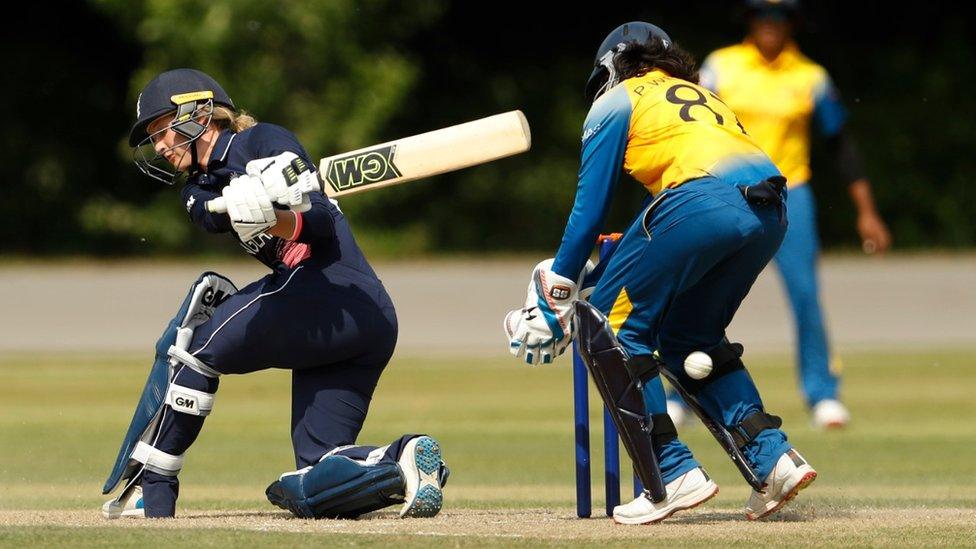
The teams have been playing warm up matches, including one between England and Sri Lanka
The Women's Cricket World Cup takes to fields across England this weekend, looking to bowl over youngsters and women, not to mention businesses, with their event.
As well as seeking to encourage more girls and boys to take up the sport, organisers also want more females to follow cricket, while convincing young sportswomen there is a worthwhile career for them in the game.
Ironically, for what is the most financially lucrative Women's World Cup to date, making huge amounts of money from the event is not the main priority.
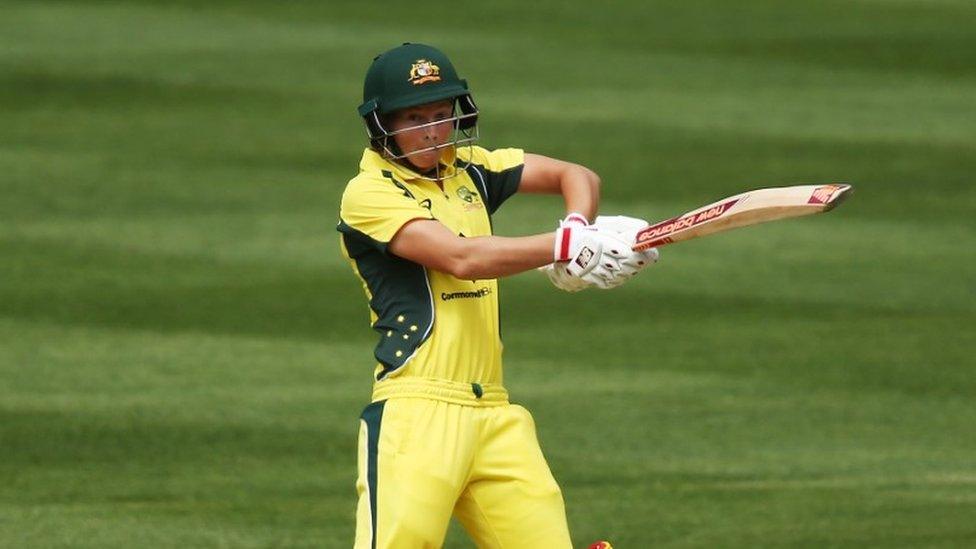
Holders Australia will be chasing a record seventh title
And there is a lot of cash around the eight-team tournament - with record prize money of $2m (£1.57m),, external healthy ticket sales, and big-name International Cricket Council (ICC) global sponsors such as Nissan, Emirates, Hublot and Moneygram backing the event.
Rather, it is hoped that the money being spent now on the 28-day, 31-match, tournament,, external will be a catalyst that piques the interest of potential commercial sponsors in both the UK and elsewhere.
'Looking for relevance'
"What strikes me is that we have been presented with this huge potential for growth in so many areas, sporting and financial," Clare Connor, head of England Women's Cricket and a former national team captain,, external tells me.
"We have got a sport, cricket, that is looking for relevance. People are asking 'how can we help take cricket into a new era?'
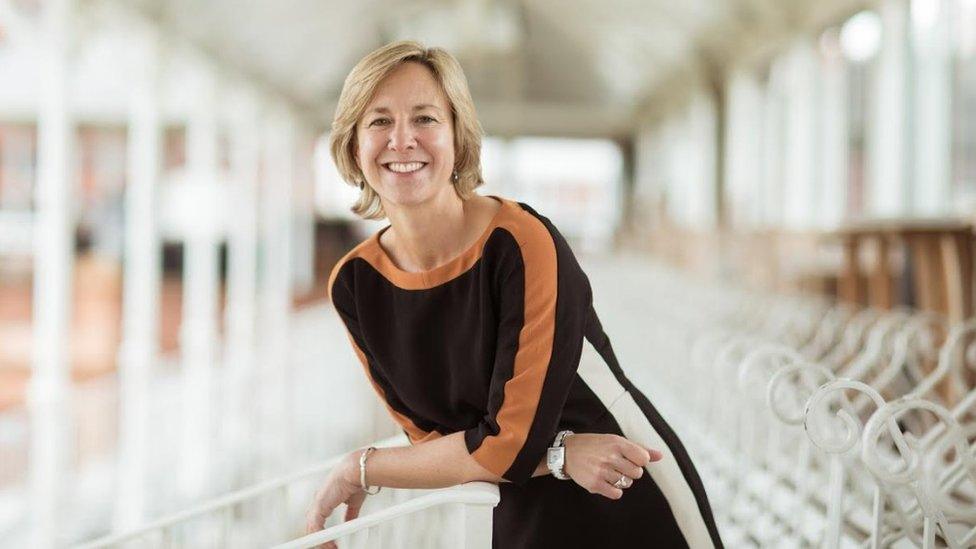
Clare Connor holds a number of high profile roles in women's cricket
"One way is to engage with young women and girls. We have to maximise these opportunities during the World Cup."
Ms Connor, who is also chair of the women's committee at cricket's governing body the ICC, said that irrespective of who wins, the World Cup offers a chance to grow the sport in lots of creative ways.
Soft ball programme
One way is through the ECB's All Stars Cricket,, external aimed at providing children aged five to eight with a memorable first experience of the sport. The nationwide entry-level participation programme aims to get 50,000 girls and boys - and their families - excited by the game over the summer.
"We also have a soft ball initiative specifically for women." says Ms Connor, with a number of festivals being held during the World Cup.
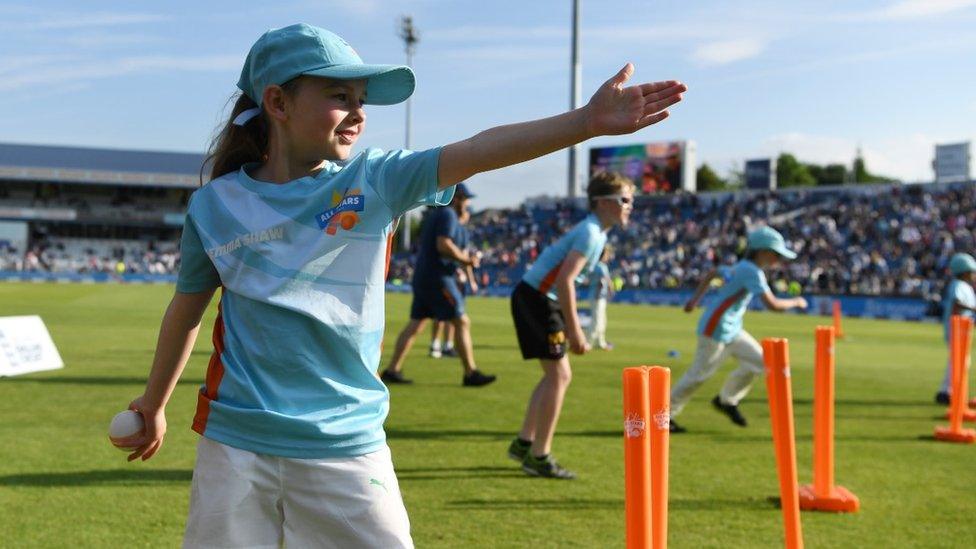
The All Stars programme is aimed at young girls and boys
As well as boosting participation, getting more women to follow women's cricket is a major goal.
"At the moment it is a fallacy to think women watch women's cricket. More males than females are cricket fans," the 40-year-old says.
"Cricket is not currently as relevant to women as it is to men, but the World Cup gives us an opportunity to change that."
She said that the majority of tickets, some 80%, had been sold to fans of England Cricket, and that she expected a high majority of them to be to men.
'Altered audiences'
"But work by our marketing team does show there is a growing interest in watching by women," she adds. "That is why a lot of our marketing of the All Stars children's programme is targeted at mums, we are looking to engage them in the whole experience."
She said a new city-based eight-team Twenty20 tournament, due to start in 2020, was the ideal way to attract a new female audience.
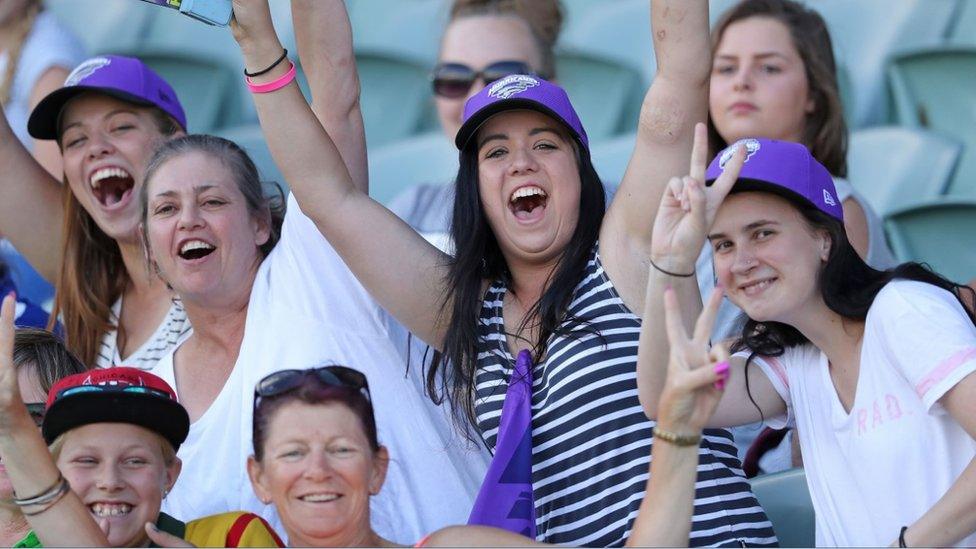
Half of the fans at the Women's Big Bash in Australia are females
"We have been looking at Australia and the Women's Big Bash, where 50% of spectators are women. They have totally altered the make-up of their audience, and that is something we would look to emulate."
The tournament was brought forward so more matches sat in school term time. Just less than half of the matches are taking place on weekdays which presents an opportunity for local schools to witness tournament action live.
Meanwhile, Ms Connor says tickets for World Cup games have been priced to allow an affordable family day out., external England's opening game against India is sold out, and 15,000 tickets have been sold for the final at Lord's.

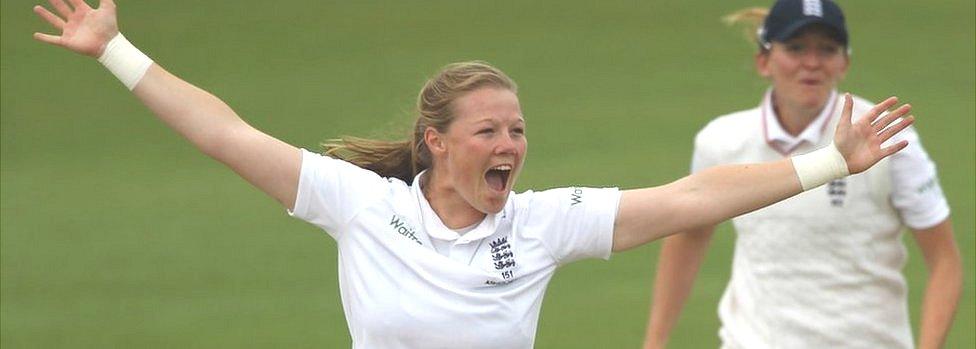
England cricket player Anya Shrubsole on forging a cricket career
The 25-year-old is the daughter of Ian Shrubsole, a former Minor Counties cricketer in the 1990s. At 13 she was the first girl to join the Somerset Academy.
"I remember from the age of three or four my dad playing, and going out onto the pitch at the interval, throwing a ball around. That is my first memory of cricket. I then really got into it when I was at school.
"Back then, when I was growing up and coming through as a player there was an element of financial reward, but not enough to live off it. The money you received wasn't enough, you couldn't have afforded a mortgage.
"However, that wasn't something that was a real issue for me, I wanted to be as good as I could be.
"But I graduated at the same time that cricket turned professional. So I have never had the worry of trying to find a job alongside playing cricket.
"In means that in terms of staying in cricket, it is now a viable career option for young women whereas previously it wasn't. You make a living out of women's cricket, like you can with women's football. Before that you would have needed a separate job alongside.
"It is an immense honour to represent your country, One of the strengths of women's sport is that they are playing for the real love of the game.
"I think we are role models for youngsters. I am guilty sometimes of not thinking that I am, but anyone who plays international sport is a role model.
"The game is still in quite a developmental stage, and I am hopeful we will have a young audience growing up alongside the sport."

'Challenger sport'
On ticket pricing, the ICC worked with a specialist agency to look at various ticket prices both at the venues (so including men's and women's cricket domestic and international), cricket as a whole, and also looked at other women's sports events in this country.
"We are not going to make a great deal of money out of it," says Ms Connor.
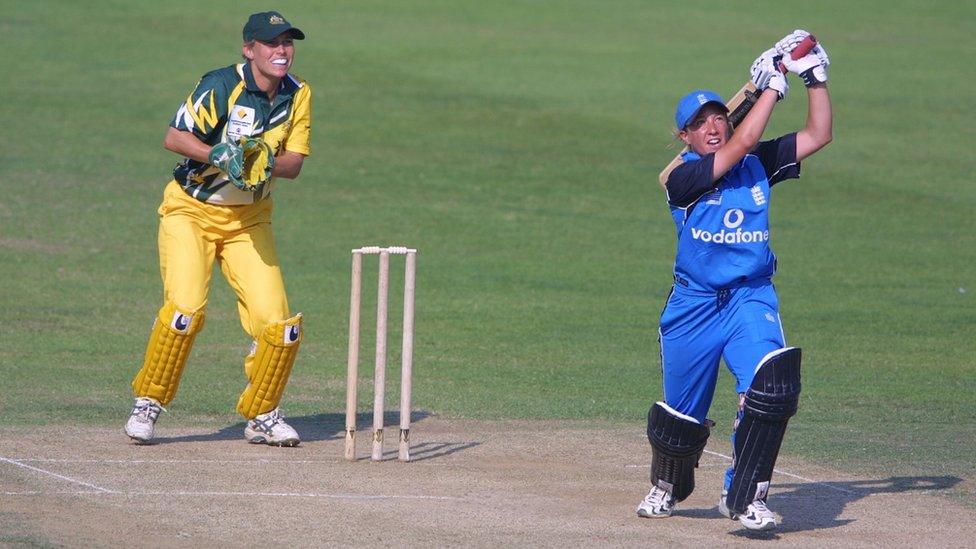
Clare Connor represented England from 1995 until retiring from international cricket in 2006
But she adds: "We are hoping that eventually the event becomes a commercial money spinner.
"For example, we hope that companies see there is an opportunity there to get involved in women's cricket, like Kia did a few years ago, when they became the official car of the England women's team.
"They saw the women's game as a real area of growth. As a challenger brand they were keen to work with women's cricket which they saw as a challenger sport."
'Transformed'
Other positives for the women's game are the widespread media coverage being given to the World Cup. In addition to the scheduled 10 fixtures to be broadcast live on TV, the remaining 21 World Cup matches will be streamed live.
There will be radio commentary and video highlights on BBC radio and sport website.
Meanwhile, the ICC has committed to equal prize money for women and men's cricket by 2032.
"There will be a strategic plan to ensure that the game can deliver equal prize money in 15 years time," says Ms Connor.
"The women's game has only been under the ICC's auspices since 2005. If you think of the developments since then, it is a sport transformed. The World Cup will continue that transformation."